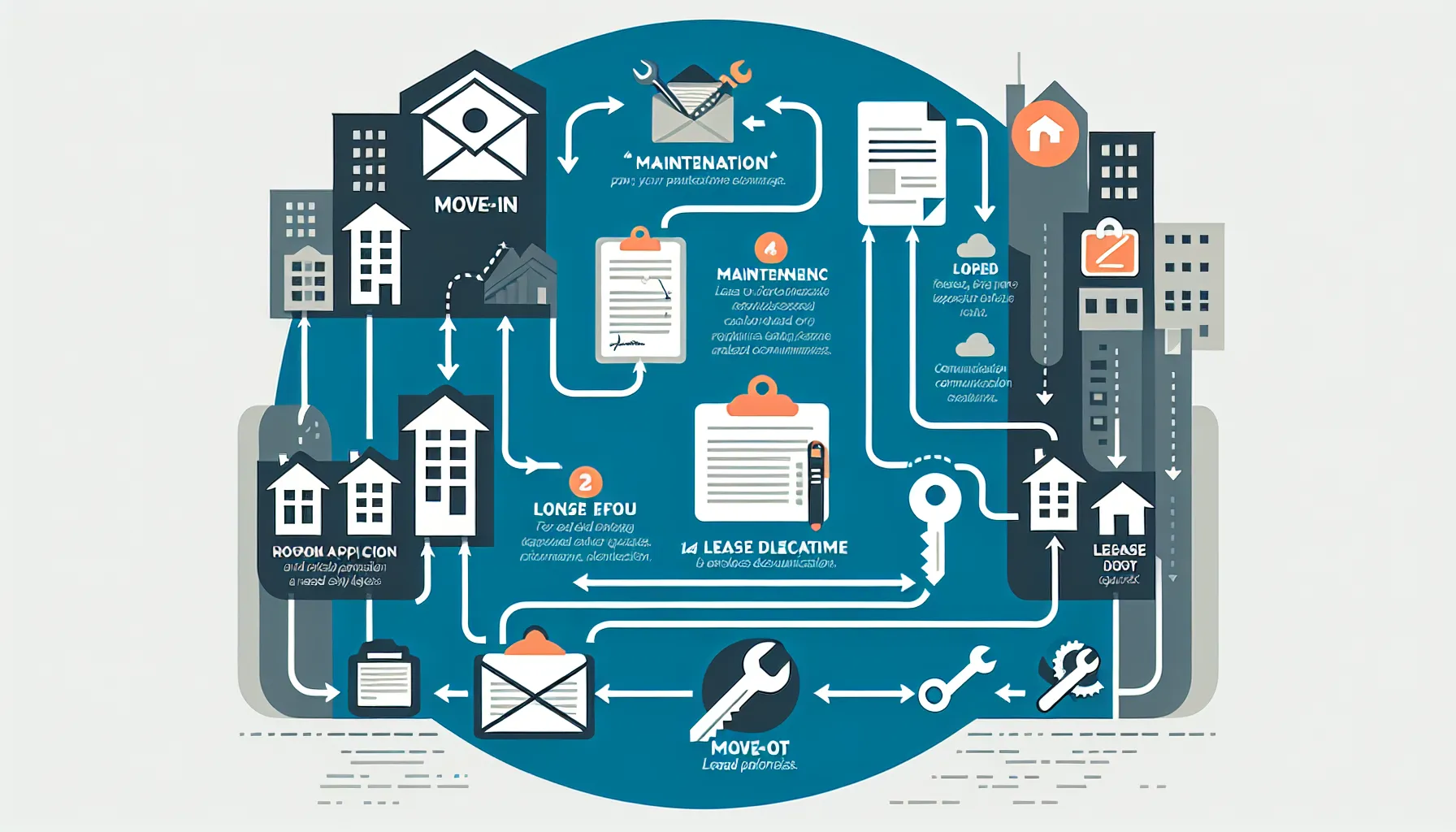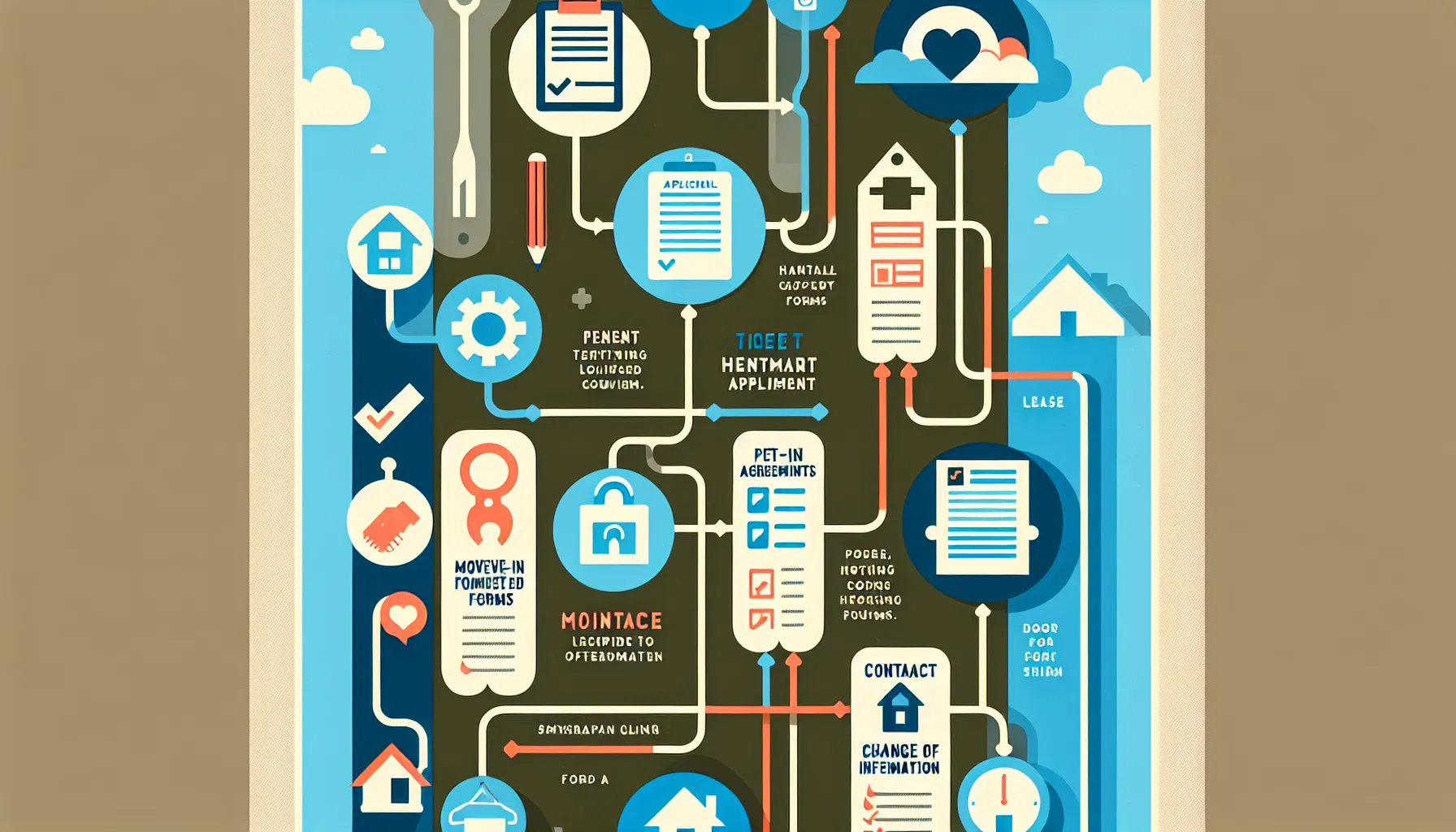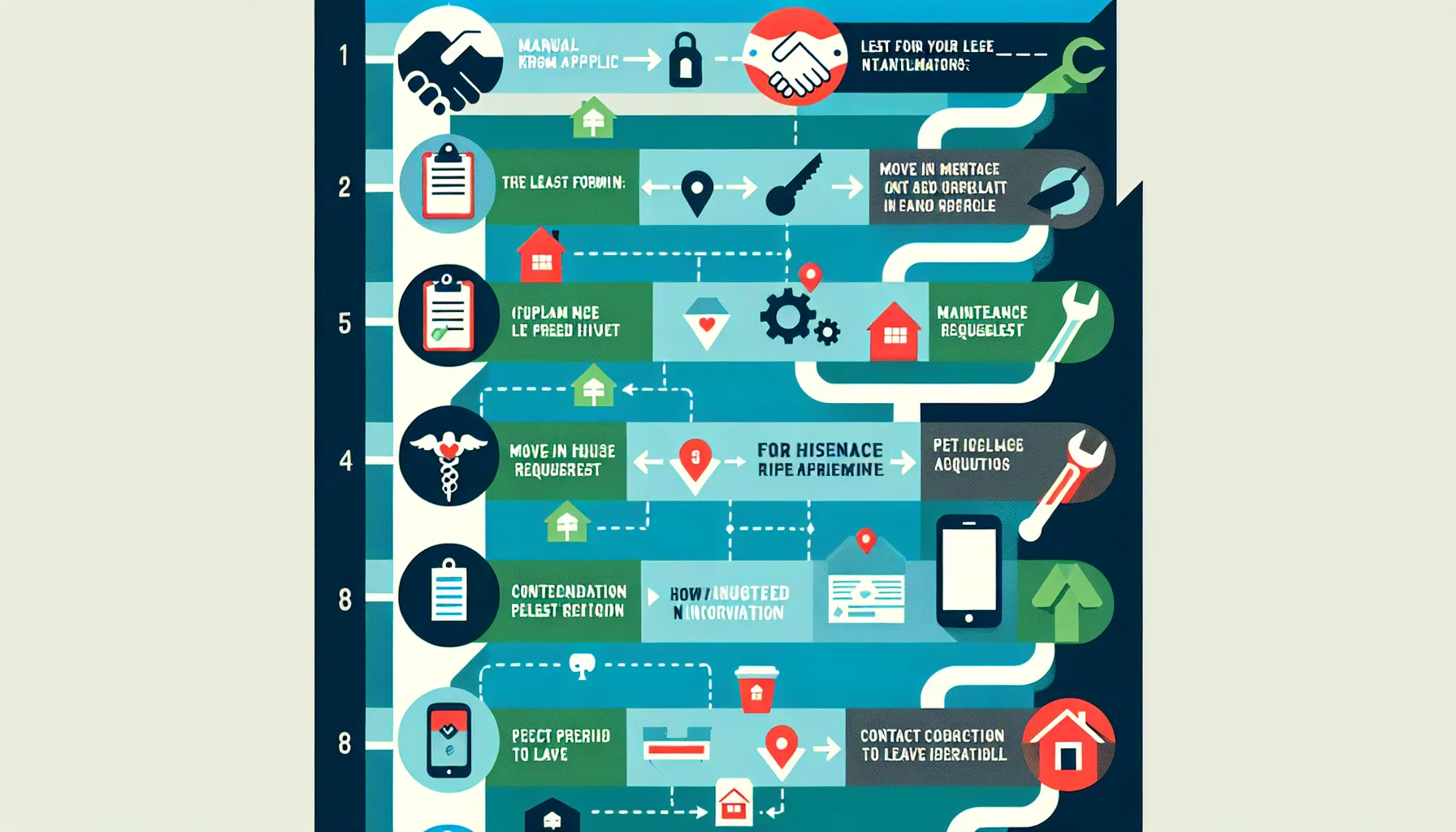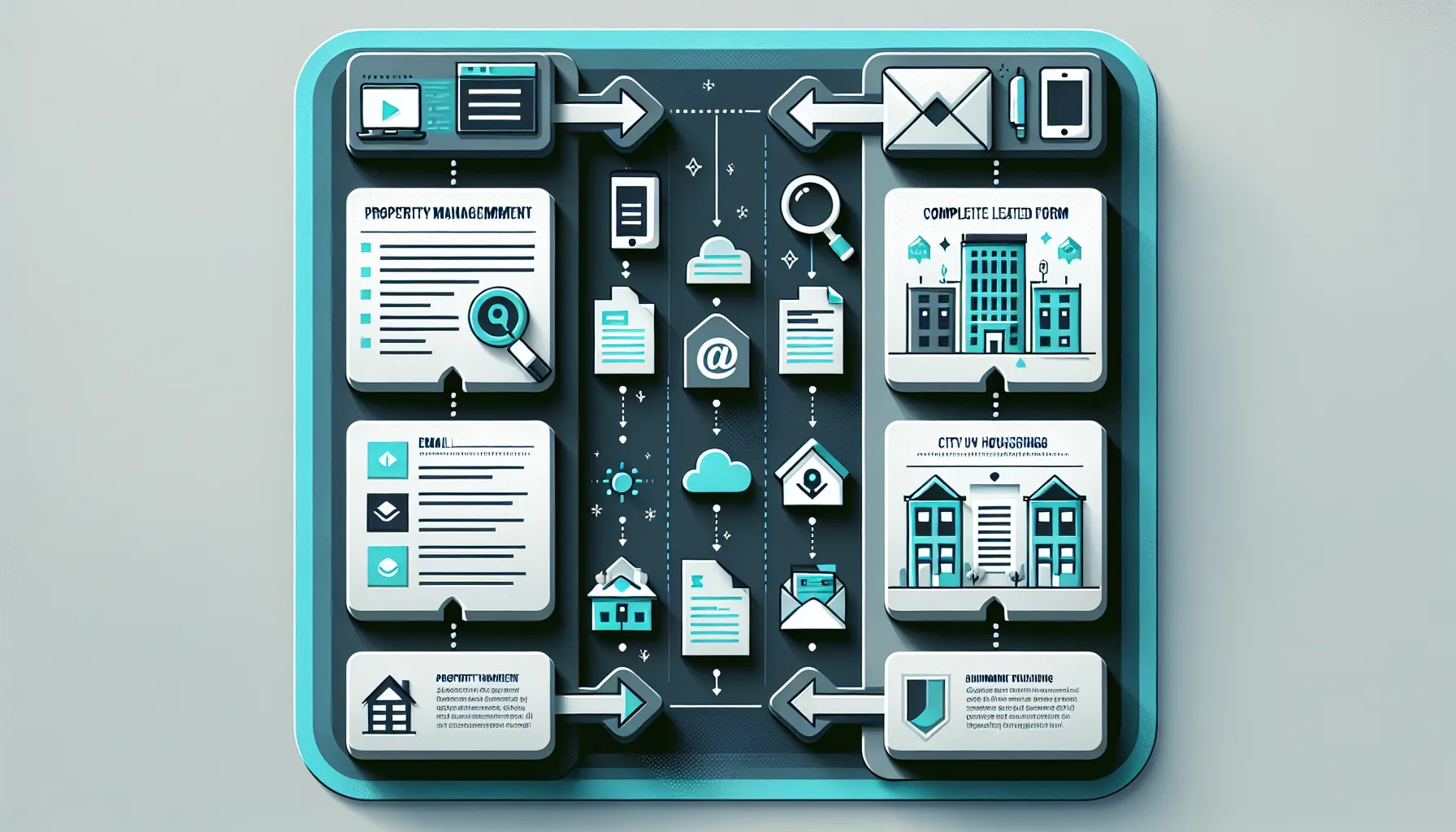Renting in Pleasant Hill comes with its own set of processes, sometimes filled with paperwork and questions you never thought you’d have to ask. Have you ever found yourself searching for the right form in the middle of a lease issue, or wondered what paperwork truly protects your rights as a tenant? I know how overwhelming it can be when you’re simply trying to get things done efficiently and correctly.
This guide is here to make your experience as smooth as possible. Whether you’re leasing for the first time or you’ve signed more than a few agreements, understanding tenant forms will save you time, offer clarity, and help you feel more secure in your living situation. Let’s get started with everything you need to know about Pleasant Hill tenant forms.
Key Takeaways
- Pleasant Hill tenant forms are essential for protecting your rights and ensuring clear communication with landlords.
- Common tenant forms in Pleasant Hill include rental applications, lease agreements, move-in/move-out checklists, maintenance requests, and pet addendums.
- Submitting the correct Pleasant Hill tenant forms at the right time helps you avoid disputes and keeps your rental experience smooth.
- Always keep copies of completed forms and pay close attention to legal disclosures, deadlines, and privacy rights.
- If you’re unsure about any paperwork, reach out to your property manager or the city housing office for guidance.
- Staying organized and proactive with Pleasant Hill tenant forms makes renting more secure and less stressful.
Understanding Tenant Forms in Pleasant Hill

Before you fill out any paperwork, it’s important to know what tenant forms are and their purpose. In Pleasant Hill, tenant forms are official documents that help manage the relationship between tenants, landlords, and property management companies. They provide a paper trail to protect everyone involved.
Forms aren’t meant to be confusing hurdles, they’re safeguards. You might encounter them during move-in, when you report a maintenance issue, or if you decide to end your lease. Each serves to clarify expectations and keep the process fair for both sides.
Local regulations sometimes require special disclosures and addenda. For example, you might notice lead paint disclosures for older buildings or specific rules about renter’s insurance. By having the right forms on file, you’re more likely to avoid miscommunication and future disputes.
Types of Tenant Forms Available

Navigating which forms you actually need can feel like a puzzle. In Pleasant Hill, most tenants encounter a core set of documents during their rental experience. Here’s what I’ve come across most often:
- Rental Application: Submitted when you’re interested in a property. It covers basic information, background check consent, and references.
- Lease Agreement: The contract that outlines rent, deposit, lease term, maintenance, and more.
- Move-In/Move-Out Checklist: Used at the beginning and end of your stay to mark the property’s condition.
- Maintenance Request Form: For submitting repair or upkeep issues, often available online or in your tenant portal.
- Pet Agreement/Addendum: If you have pets, this documents conditions and rules.
- Notice to Vacate: Used when you decide to end your tenancy.
- Change of Information Forms: If you update your phone, email, or emergency contact.
Some properties may have additional disclosures, such as smoke alarm verifications, parking addendums, or rules about utilities. Understanding each document and its role makes everything smoother.
Common Uses and When to Submit Each Form

Knowing which form to use and when can make life so much less stressful. Here are common situations and the right paperwork to have at your fingertips:
- Applying to Rent: Complete the Rental Application before being considered for a property. Attach all supporting documents (ID, proof of income, references) to avoid delays.
- Signing the Lease: Once approved, you’ll carefully review and sign the Lease Agreement. This formalizes your tenancy.
- Move-In Inspection: Use the Move-In Checklist with your landlord to record any existing issues, this is key for getting your security deposit back later.
- During Tenancy: If something breaks or needs fixing, fill out a Maintenance Request Form as soon as possible. Timely reporting helps prevent minor problems from becoming big headaches.
- Bringing in a Pet: Complete the Pet Addendum before your new furry friend joins you.
- Changing Contact Info: Submit a Change of Information Form if your phone number or email changes, keeping your landlord in the loop.
- Moving Out: Give proper notice with the Notice to Vacate form. Don’t wait until the last minute, most lease agreements require at least 30 days’ notice in writing.
Every form has its moment. By keeping track, you not only stay compliant but also protect yourself from miscommunication.
How to Access and Fill Out Tenant Forms

Sometimes just finding the correct form is the biggest challenge. Here’s where and how I’ve accessed forms in Pleasant Hill:
- Property Management Website: Many property managers, like those serving Pleasant Hill, make downloadable forms available on their website. Look for a tenant portal or resources section.
- Email or Ask Directly: Can’t find it online? Send a quick email to your property manager. I’ve found staff are usually happy to help, prompt responses are much more common than you’d expect.
- City Housing Office: For certain official documents, the city’s housing or rent board may have forms and resources. These can be especially helpful for rent control or eviction issues.
Filling them out can be straightforward:
- Read all instructions before starting. Missed details can cause avoidable hiccups.
- Double-check dates, addresses, and signatures. One minor typo might stall your request.
- Keep copies of everything, whether you submit digitally or on paper. Having your own record can solve many future headaches.
If you ever feel uncertain, reach out for clarification. Even experienced renters have questions from time to time.
Important Requirements and Legal Considerations

Tenant forms serve a legal function, so accuracy and awareness matter. Here’s what I pay close attention to:
- Legal Disclosures: California law often requires landlords to provide disclosures related to lead-based paint, mold, pest control, and habitability. Make sure you review these closely before signing.
- Deadlines: There are often strict timelines for things like giving notice to vacate, correcting information, or responding to maintenance requests. Missing a deadline can affect your rights.
- Privacy Rights: All personal information you provide should be handled confidentially. If you ever see a process that feels off, don’t hesitate to raise the issue.
- Renter Protections: Pleasant Hill may have additional protections for tenants, such as restrictions on rent increases or requirements for relocation assistance in certain cases. Forms related to these rights should be provided to you when applicable.
Being detail-oriented and proactive gives you peace of mind. I always remind myself: it’s better to ask too many questions than too few when signing legal documents.
Tips for Tenants Using Pleasant Hill Forms
Having worked with many types of rental paperwork, a few tried-and-true approaches really make a difference:
- Stay Organized: Keep a folder or a digital archive of every document, applications, agreements, checklists, and correspondence.
- Ask for Clarification: Don’t be shy about emailing your property manager or landlord if anything is unclear. Clear communication now saves problems later.
- Meet Deadlines: Calendar reminders can save you from rushed paperwork or missed notice periods.
- Document Everything: When you submit maintenance requests or report issues, always keep confirmation emails or photos for your records.
- Review Before Signing: Never sign something you don’t fully understand. If language is confusing, ask for a plain-English explanation.
- Keep a Positive Connection: Approachable, respectful communication goes a long way in securing quick responses and a smoother rental experience.
I’ve found that being proactive puts both tenant and landlord at ease, building trust from the very beginning.
Conclusion
Dealing with Pleasant Hill tenant forms doesn’t have to be complicated or stressful. The right paperwork not only protects your interests but can also smooth out your entire renting experience. I hope this guide has eased some worries and shown how forms, when approached with care, can work for you, not against you.
Your experiences and confidence matter. If you’re ever in doubt or need clarification, reaching out is always the best move. And remember: just a bit of preparation goes a long way to enjoying a worry-free home. Here’s to smooth paperwork, clear communication, and peace of mind in your rental journey.
Frequently Asked Questions About Pleasant Hill Tenant Forms
What are Pleasant Hill tenant forms and why are they important?
Pleasant Hill tenant forms are official documents used to manage the relationship between tenants, landlords, and property managers. These forms protect everyone’s rights, clarify expectations, and ensure compliance with local and state regulations throughout a lease.
Which Pleasant Hill tenant forms do I need during my rental process?
Common Pleasant Hill tenant forms include the rental application, lease agreement, move-in/move-out checklist, maintenance request form, pet addendum, notice to vacate, and change of information forms. Some properties may require additional disclosures, such as lead paint or parking addendums.
How can I access or submit Pleasant Hill tenant forms?
You can usually find Pleasant Hill tenant forms on your property management company’s website, by requesting them directly from your manager via email, or through the city’s housing office. Always keep copies of all forms you complete, whether digital or paper.
What legal requirements should I be aware of when completing tenant forms in Pleasant Hill?
When filling out Pleasant Hill tenant forms, check for required California law disclosures, important deadlines (like notice to vacate), and ensure your privacy is protected. Review all details thoroughly and never sign anything you don’t fully understand.
Can tenant forms protect me during a dispute with my landlord?
Yes, having accurate Pleasant Hill tenant forms can serve as a vital paper trail if disagreements arise. Proper documentation of applications, inspections, maintenance requests, and notices helps resolve disputes more efficiently and supports your rights as a tenant.
What should I do if I have questions or run into issues with Pleasant Hill tenant forms?
If you encounter difficulties or have questions about tenant forms, contact your property manager or the Pleasant Hill city housing office. It’s always best to seek clarification to ensure all paperwork is filled out correctly and your rights as a tenant are upheld.
